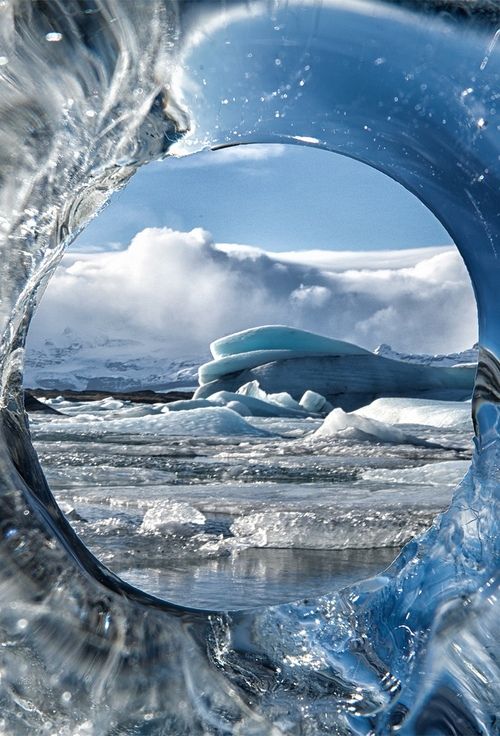Spending your winter in Iceland is a magical experience, and it can be cheaper than coming in summertime. Even though winter vacations in Iceland are getting more and more popular in recent years, many of the tourist attractions are still less crowded in the colder months. Of course, the amazing northern lights are the biggest attraction of all! Winter in Iceland has its own unique charm, and it can be good to know the ins and outs before you come.
When does winter start?
In Iceland, winter starts at the end of October, following the old Norse calendar. This calendar only consists of two seasons, winter and summer. There are 26 weeks of winter in Iceland, and 26 weeks of summer. On the first day of winter the merchants on Skólavörðurstígur, the street leading up to the famous church Hallgrímskirkja, hand out free Icelandic meat soup. A cosy start of the cold times ahead! This year the first day of winter will be on the 27th of October. The last day of winter is on the 18th of April. Yes, that’s right, summer starts in April, and the first day of summer is a national holiday! Who cares that it’s below 10 °C and snowing?

How long are the winter days?
At the start of winter in October, sunrise is at 08:54 and sunset is at 17:27. So, there are roughly 8,5 hours of daylight. Days are then getting shorter rapidly, though, with December as the darkest month. Until the 21st of December, days are getting shorter every day. On that day, sunrise is at 11:21 and sunset is at 15:29. The shortest day is only 4 hours, and if it’s clouded, it stays dark all day. Luckily Iceland is always looking beautiful during those midwinter days, with Christmas decorations and lights everywhere you go! Because days are getting longer after the 21st of December, January usually feels a lot lighter, with about six minutes more daylight every day! And in March is the tipping point, after which days in Iceland are getting longer than in most of Europe.

What is the winter weather like?
Icelandic winter is pretty mild and is only a bit colder than countries in Western Europe. Temperatures in Reykjavík can drop down to about -10 °C, with a high of almost 10 °C. The average temperature is just above freezing. In the North of Iceland, it’s usually a bit colder in winter and a bit warmer in summer. In general, there is quite a bit of snowfall in wintertime. Some towns can be snowed in for a while, making them only accessible by air travel. Even though the temperatures are mild, the weather is fickle, and especially the wind can throw a spanner in the works. Always be prepared for changeable weather and pay close attention to the weather forecast and road conditions.

What is the best month to spot the northern lights?
You are in luck, you can see the northern lights all winter long and Iceland is one of the best countries in the world to spot them. The season runs from September until mid-April. Sometimes you can even see them as soon as in August. To be able to enjoy the northern lights, you need dark and cold nights, and clear skies. Snow or rain can seriously interfere with the visibility of the lights. There is, unfortunately, no guarantee that you will see this natural phenomenon, but keeping a close eye on the weather forecast and the aurora forecast will help you determine the right moment to go out.

What to wear?
You might have heard the old saying: “There’s no such thing as bad weather, only bad clothes”. Before you pack your bags, make sure your winter wardrobe is complete. To stay warm and dry, you have to layer your clothing. Keep the three-layer method in mind: wear an inner layer, a middle layer and an outer layer. The inner layer, preferably polyester, wool, or silk, is worn directly on your skin. These fabrics breathe and manage moisture well. The middle layer usually consists of a jacket or sweater and thermal underwear. These insulate heat and maximize warmth. And lastly, the outer layer protects against wind and rain. Also, shoes! Hiking boots are essential for Iceland’s rugged terrain.


